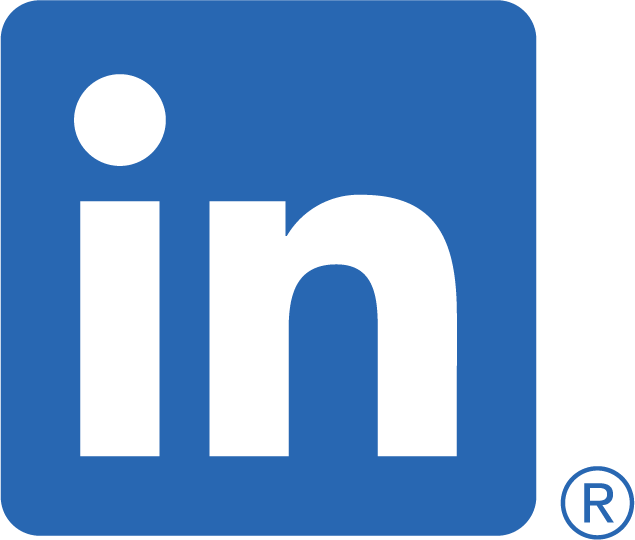At Leet Resumes, we write free technical resumes for experienced software engineers. With experience writing thousands of resumes, I’ll jump right in with the tl;dr and then tell you why:
AVOID:
- Colors
- Graphics
- “Fancy” formats
- Two-column formats (or three-column for that matter)
- MS Word templates
- LinkedIn pdf exports
- Headers and footers
The readers of your resumes do this for a living. It’s understandable that you’d like your resume to look unique, but it’s much more important for your readers to be able to understand your career and background, quickly and clearly.
Let me give you an analogy. When you’re using Yelp, Zillow, Apartments.com, DoorDash or Grubhub, you don’t want each listing to have a different format. You’d like for each listing to be in the same format so that it makes it easy for you to find the information you want. Same thing goes for engineering managers, technical recruiters, and HR staff -- they want to find the information they need on your resume easily. Please help them by avoiding these mistakes.
Colors on your resume are a distraction. The large blue sidebar, the crimson top shading, the colorful curly-cue lines along the sides or bottom – all of these are distractions from the hiring manager reading about your relevant experience for their job. And in certain cases when the background color requires the font to be white, you’re asking your reader to spend more effort to read your resume than they are on understanding your career. It’s an easy mistake to avoid.
Graphics should be avoided on a resume. As detailed in my long interview with the CEOs and technical experts at the world’s five largest resume parsing companies, graphics are ignored by the software that reads the world’s resumes. This makes it especially sad for resumes where “level of skill” in different programming languages is represented by a bar of a certain height. It’s illegible to resume reading software and therefore unhelpful in advancing your career goals.
Fancy or complex formats don’t help. Again, it’s understood that your resume is a very, very special document to you. This is your one, true resume, so you feel it warrants a certain degree of sophistication, complexity, and finely-tuned placement of informational elements, thereby hinting at the refined capabilities of the professional behind the resume. This, again, is an error. A resume isn’t an 18th century calling card meant to make a statement in the foyer. Your human readers are bewildered by your unique choices for data placement, and the resume parsers that turn your resume into useful information for HR’s software systems will, I assure you, make many errors interpreting your novel design.
Two-column formats cause comprehension mistakes. Because columns are often implemented as cells, what frequently occurs is that an entire column is flattened together, and then the next, and then the next. This causes important data that belongs together to become separated - employment dates and employment experiences, for example. This, too, makes your resume useless for its intended purpose. By the same lights, you should also avoid three-column resume formats.
Starting with an MS Word template is another blunder to sidestep. Many MS Word templates are ancient and have layer upon layer of hidden formatting embedded below their placid surface. This causes all sorts of mischief as your resume is passed about among different recipients, and different companies’ HR systems.
LinkedIn PDF exports are purposely broken. LinkedIn makes the majority of its $8 billion in annual revenue by selling access to your information for recruiting purposes. From a business standpoint, they understandably don’t want that data exported and put into someone else’s system for free. So their PDF profile exports are purposely formatted verbosely, with a poor structure that does not play well with the world’s resume parsers.
And, finally, headers and footers should be avoided. On a one-page resume they should be avoided because they’re unnecessary, and on a two-page resume because they’ll be interpreted as part of the data immediately before and after the footer/header. This causes errors ingesting your resume.
This is a short list of items to avoid on a software engineering resume. If you’d like Leet Resumes to write your technical resume for free, sign up on our homepage, and we’ll avoid these, and many other, hidden errors. Our users love us!







